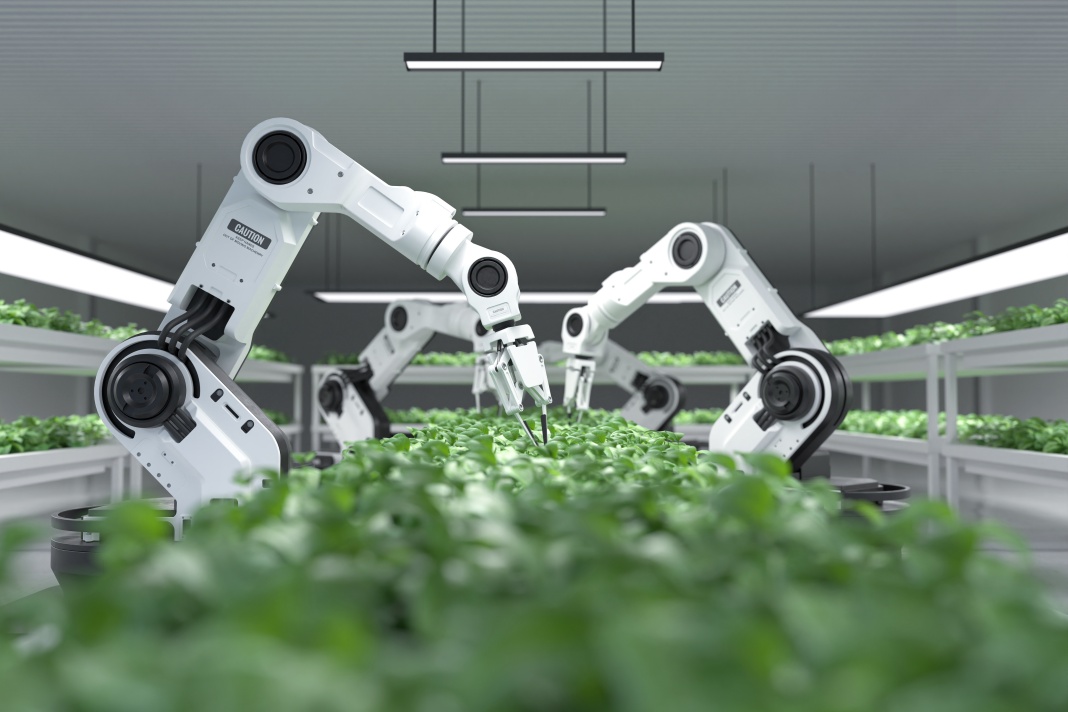Industrial logistics and warehousing businesses are hurtling towards the wider use of automation and it’s a hot topic in the property world with implications for warehouse and factory users, manufacturers – and landlords.
While it seems like a brave new world, the first industrial robot is believed to have been an assembly line robot installed in a General Motors automobile factory in New Jersey back in the early-1960s.
Bayleys’ national director industrial, Scott Campbell, says we need to acknowledge that the robots are amongst us and it’s inevitable that automation will redefine how businesses operate, and property must respond to the associated changed dynamics.
“We are going to face labour shortages in this country and business owners will be looking to plug the gaps,” he said.
“It’s the way the world’s heading in the quest for efficiencies, optimal productivity and cost-effectiveness.
“Smart technology is well-established in the States, where it is thought more than 70 percent of all new major warehouses have automation capability but proactive developers in New Zealand are still getting their heads around the implications for new-build premises.”
Fully automated foresight required
Campbell says fully automated premises require significant forethought as often the racking needs to be built first and then the physical warehouse structure created around that. “It requires a change in our thinking, and we need to consider many things, including – but not limited to – floor loadings, power requirements, lighting, cabling and access.
“Some buildings can be retrofitted to partially-automate operations, but this essentially comes down to what products we’re talking about and the core operational functions of individual businesses.
“Movements of boxes of biscuits and cartons of beer will have completely different ‘pick and pack’ requirements to a business that supplies small components or parts, for example.”
Automation can – and will – take many different forms depending on industry sector requirements, but all will lead to the minimising of human touchpoints.












